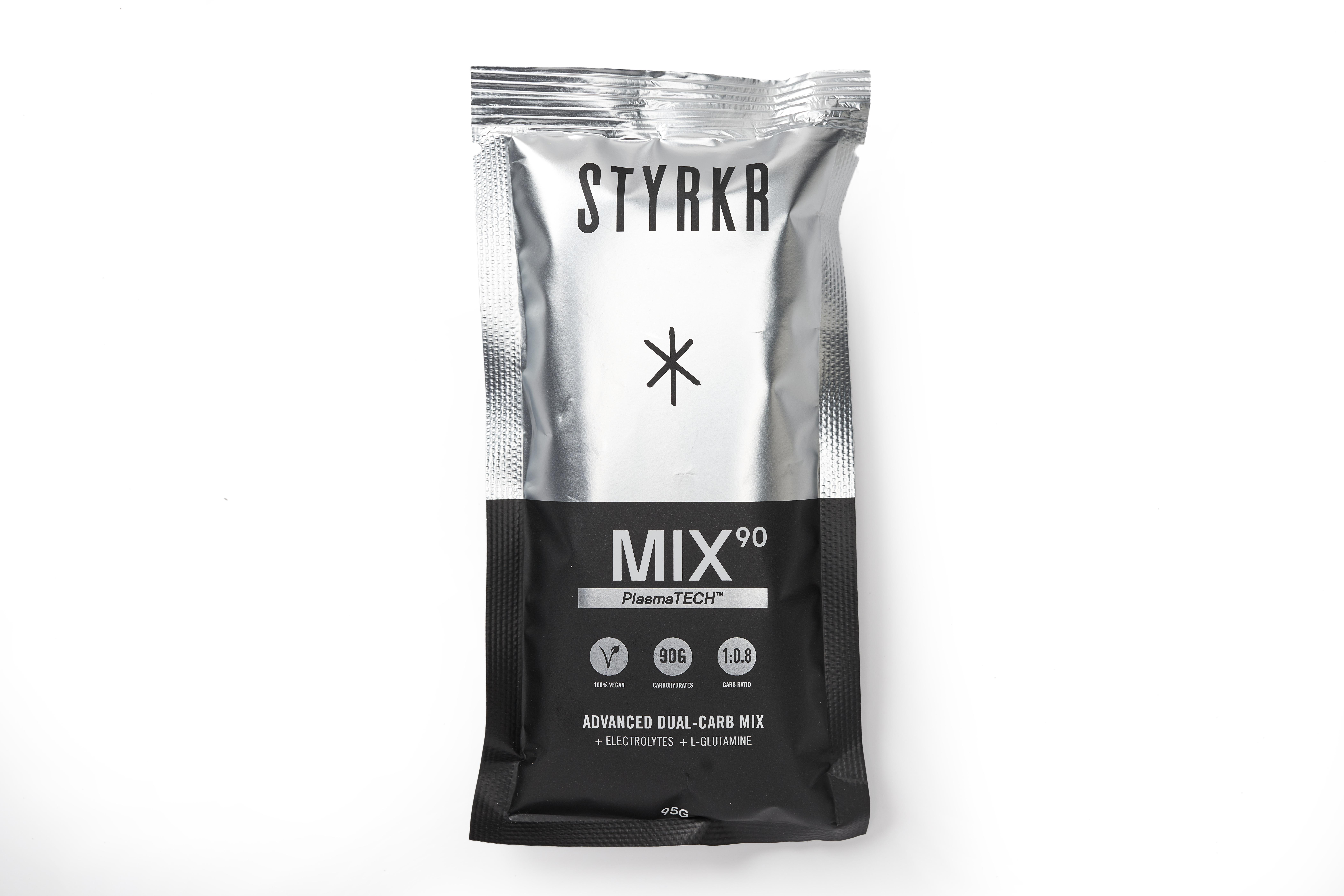Save cash with homemade sports hydration
Making your own energy drink can save you money while contributing to your fluid and energy requirements.
You can also employ the simple recipes we set out below in the middle of a ride, using ingredients you’ll usually find in a cafe, for example.
We don’t pretend a homemade energy drink is superior to commercially available energy drinks that are scientifically developed to optimise water and carb absorption.
However, when you can’t carry enough energy drink powder with you while audaxing, bikepacking or touring, these recipes will serve you nearly as well.
We’ve asked Will Girling, nutritionist at EF Education-EasyPost, and Dr Nidia Rodriguez-Sanchez, who holds a PhD in Hydration Physiology, for their recommendations.
Girling supplies a hydration drink recipe containing some energy, while Dr Rodriguez-Sanchez suggests a higher-carb solution that will also hydrate you well.
Will Girling’s homemade hydration drink
Sitting somewhere between an electrolyte drink and an energy drink, this recipe provides about 15g of carbohydrates and 400mg of sodium in 600ml of fluid.
Girling says: “This homemade three per cent solution hydration drink is optimised to prioritise fluid absorption.”
Therefore, on hot days this will help you stay hydrated on your bike.
His recipe is as follows:
- 600ml water
- 12-18g sugar or maltodextrin
- 1g salt or 1 electrolyte tab (400mg sodium)
- Citrus juice to taste (optional)
Pour the water into a bottle and add the other ingredients. Make sure the lid is secure before shaking the bottle until the sugar and salt dissolve.
Dr Rodriguez-Sanchez’ homemade energy drink

Dr Rodriguez-Sanchez, a lecturer in physiology and nutrition at the University of Stirling, recommends a 6 per cent solution for a homemade energy drink.
With 60g of sugar per litre, this hypotonic concentration remains optimal for hydration and helps meet your energy needs during exercise.
“The sodium regulates the fluids in our body, plays a role in the contraction of our muscles and stimulates thirst, which helps us drink more,” says Dr Rodriguez-Sanchez.
“Sometimes we forget about carbohydrates, but they are really important because they feed the muscles and our brain while we are exercising.

“So a homemade drink has to have some carbohydrates.”
The hydration expert usually recommends buying commercially available energy drinks.
“We are sure what is contained in them,” she says.
“However, if you don’t have the possibility to get one, something homemade is a good alternative.”
A typical cycling water bottle is 500ml, so we’ve halved the recommended quantities for simplicity.
- 500ml water
- 30g of cane sugar
- Quarter of a teaspoon of salt, roughly 1.5g (580mg sodium)
- Your choice of flavouring
Fill your bottle with water then add the sugar, salt and flavouring, if desired.
With the lid firmly on, shake the contents until the sugar and salt dissolve.
How to make higher-carb energy drinks

To increase the carbohydrate concentration of your own energy drinks, you should use different types of sugar – your gut can only absorb 60g of a single sugar source in an hour.
This is why the best energy drinks contain multiple transportable carbohydrates, such as glucose and fructose in a 2:1 or 1:0.8 ratio.
By bulk buying maltodextrin (a form of long-chain glucose) and fructose, you could prepare your own high-carb mix by following either of the recommended ratios.
A 2.5kg bag of maltodextrin retails for £9.99 / $13 and the same quantity of fructose costs £13 / $19. A serving of a medium-strength energy powder costs about £1 / $1.30 and a dose of a higher-strength powder can be £3 / $3.50.

Therefore, making your own energy drinks can save you lots of cash.
You will need the space and time to concoct your own mixture – the effort won’t be worth it for everyone.
For this reason, Dr Rodriguez-Sanchez generally recommends buying energy drink powders.
“Because we will know the amount of electrolytes and carbohydrates contained per portion, it’s easier than making your own,” she says.

But to make 600g of your own carb mix in a 2:1 ratio, combine 400g of maltodextrin and 200g of fructose.
For a 1:0.8 ratio, combine 300g of maltodextrin with 240g of fructose to make 540g of homemade energy drink powder.
Strong cycling energy drinks are often unflavoured because the high sugar content makes them very sweet. But you could flavour yours with citrus, for example.